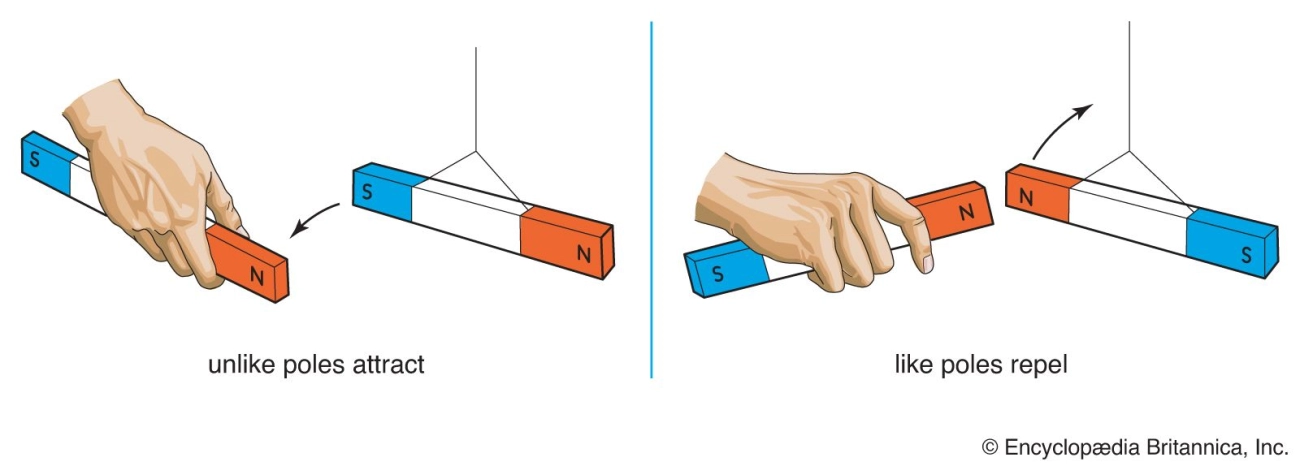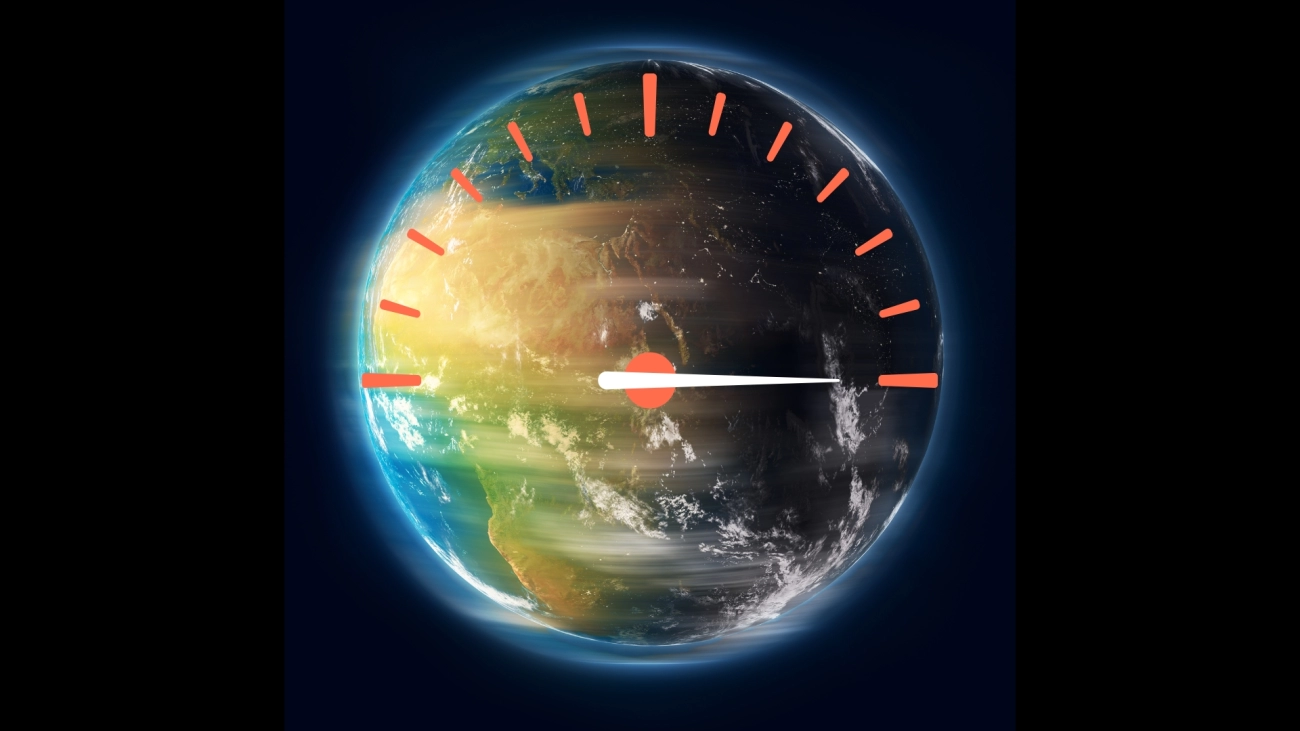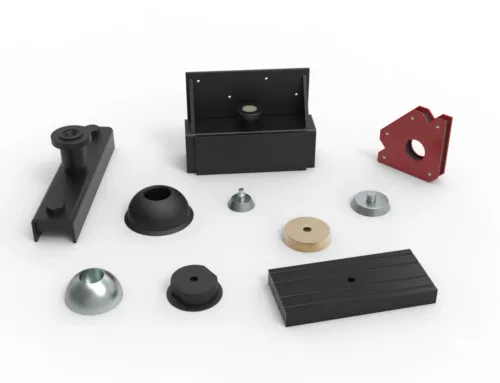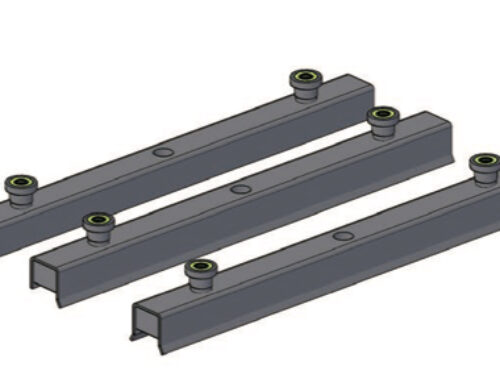Ever wondered what magnetic poles really are and why they matter?
From guiding compasses for centuries to powering motors, generators, and sensors, magnetic poles are at the heart of countless technologies we use every day.
In this quick guide, you’ll get a clear, no-nonsense explanation of north and south poles, how they work, and why they’re essential in both physics and the magnetic materials industry.
If you’ve been looking for an easy way to understand magnetic poles without the endless jargon—let’s get right into it.
Basic Definition of Magnetic Poles
Magnetic poles are the two distinct ends of a magnet where its magnetic force is strongest. These are known as the North Pole and the South Pole. When you bring a magnet near another, the north pole of one magnet will attract the south pole of another, while like poles repel each other.
Every magnet is a magnetic dipole, which means it always has both a north and a south pole. You cannot isolate a single magnetic pole — if you cut a magnet in half, each piece will still have its own north and south poles. This unique property is due to the way magnetic fields are generated at the atomic level, with tiny magnetic dipoles from atoms aligning in the same direction.
Magnetic poles are also the points where magnetic field lines are most concentrated. These lines emerge from the north pole, curve through the surrounding space, and enter at the south pole, creating a continuous loop of magnetic force around and through the magnet. This concept is key in understanding how magnets interact with each other and with other materials.
Characteristics of Magnetic Poles

Magnetic poles have a few key traits that make magnets work the way they do. The most basic rule is like poles repel and unlike poles attract. That means two north poles push away from each other, while a north and a south pole pull together.
Magnetic field lines always start at a magnet’s north pole and end at its south pole. These lines show the path the magnetic force takes, and they’re strongest near the poles.
Types of Magnetic Poles
Magnetic poles can be grouped into natural and artificial types, and they can also be temporary or permanent.
Natural Magnetic Poles
Earth itself is like a giant magnet with a magnetic north pole and a magnetic south pole. These poles are tied to Earth’s magnetic field, which plays a big role in navigation, wildlife migration, and protecting us from solar radiation.
Artificial Magnetic Poles
We create magnets with poles in many forms:
- Bar magnets – classic permanent magnets with fixed north and south poles.
- Electromagnets – magnets powered by electric current, where you can switch poles on or off or reverse them.
- Specialized magnetic assemblies – designed for industrial or consumer applications where pole strength and placement matter.
Temporary vs Permanent Magnetic Poles
Role of Magnetic Poles in Physics and Technology
Magnetic poles are a core part of how magnets work in science and everyday tech. In electromagnetic theory, all magnets are seen as magnetic dipoles with a north and south pole, and the behavior of these poles explains how currents and fields interact. This principle is the backbone of many electrical devices.
In motors and generators, magnetic poles create the force that turns motion into electricity or electricity into motion. The poles in the rotor and stator interact with each other’s magnetic fields, producing torque or generating current.
Magnetic sensors—like those in smartphones, vehicles, and industrial equipment—use magnetic poles to detect direction, position, or motion. They read changes in a magnetic field, often produced by a permanent magnet’s poles. In data storage devices such as hard drives, magnetic poles are used to represent binary data by aligning tiny magnetic domains to north or south orientations.
In magnetic materials science, understanding poles helps engineers design stronger, more efficient magnets. Pole placement, shape, and field control affect performance in everything from high-efficiency electric motors to advanced medical imaging equipment like MRIs. This knowledge also guides the production of specialized magnets—such as neodymium (NdFeB) or ferrite magnets—tailored to specific industrial needs in the U.S. market.
Earth’s Magnetic Poles A Special Case

Earth itself works like a huge magnet, with a magnetic north pole and a magnetic south pole created by the movement of molten iron in its outer core. This movement generates Earth’s magnetic field, a process called geomagnetism, which shields us from harmful solar radiation and guides compasses for navigation.
One unique thing about Earth’s magnetic poles is that they’re not fixed. Over time, they shift locations—a process known as magnetic drift—and, every few hundred thousand years, they actually reverse. During a magnetic pole reversal, north becomes south and vice versa. These reversals don’t happen overnight but over thousands of years.
Changes in the poles can affect:
- Navigation systems – Compasses may need recalibration for accuracy.
- Communication networks – High-frequency radio signals can be disrupted.
- Satellites and power grids – Increased solar radiation can cause malfunctions or outages.
Understanding Earth’s poles isn’t just for scientists—it’s critical for industries like shipping, aviation, oil exploration, and space technology in the United States that rely on precise magnetic readings.
Magnetic Poles in Magnetic Material Industry

Understanding magnetic poles is key when designing and supplying magnetic materials for different industries in the U.S. The way a magnet’s north and south poles are aligned directly affects its strength, stability, and suitability for specific applications. From holding forces to sensor accuracy, the pole arrangement can make or break a product’s performance.
At NBAEM, we work with a wide range of magnetic materials tailored to the needs of American manufacturers. This includes:
- NdFeB Magnets (Neodymium-Iron-Boron) – High-performance magnets with strong magnetic poles, ideal for compact motors, generators, and precision instruments.
- Ferrite Magnets – Cost-effective, corrosion-resistant magnets often used in loudspeakers, household appliances, and automotive parts.
We also provide custom magnetic solutions based on pole configuration, shape, coating, and required field strength. Whether it’s for industrial automation equipment, medical devices, or power tools, adjusting the magnetic poles to suit the task ensures efficiency and reliability.
By focusing on how poles interact and applying the right magnetic material, we help U.S. clients achieve better product performance, longer lifespan, and lower operational costs.
Common Misconceptions about Magnetic Poles
A lot of people think magnetic poles can exist on their own, but that’s not the case. Every magnet is a magnetic dipole, which means it always has both a north pole and a south pole. If you cut a magnet in half, you don’t get a separate north and south — you get two smaller magnets, each with its own pair of poles.
Another common myth is that magnetic monopoles (a single magnetic pole without its opposite) exist in everyday magnets. They don’t. While scientists study the idea of monopoles in theoretical physics, they’ve never been found in nature or in commercial magnets.
Here’s a quick way to separate fact from fiction:
- Myth: You can isolate a north pole or a south pole.
Fact: Poles always come in pairs in real-world magnets. - Myth: Earth’s magnetic poles work exactly like a bar magnet’s.
Fact: The Earth’s poles shift and can even reverse over thousands of years. - Myth: Magnets lose their poles if they’re broken.
Fact: Breaking a magnet just creates smaller magnets with both poles intact.
Understanding these facts helps when working with permanent magnets, electromagnets, and magnetic materials, whether you’re using them in industrial applications, motors, or everyday devices.





Leave A Comment